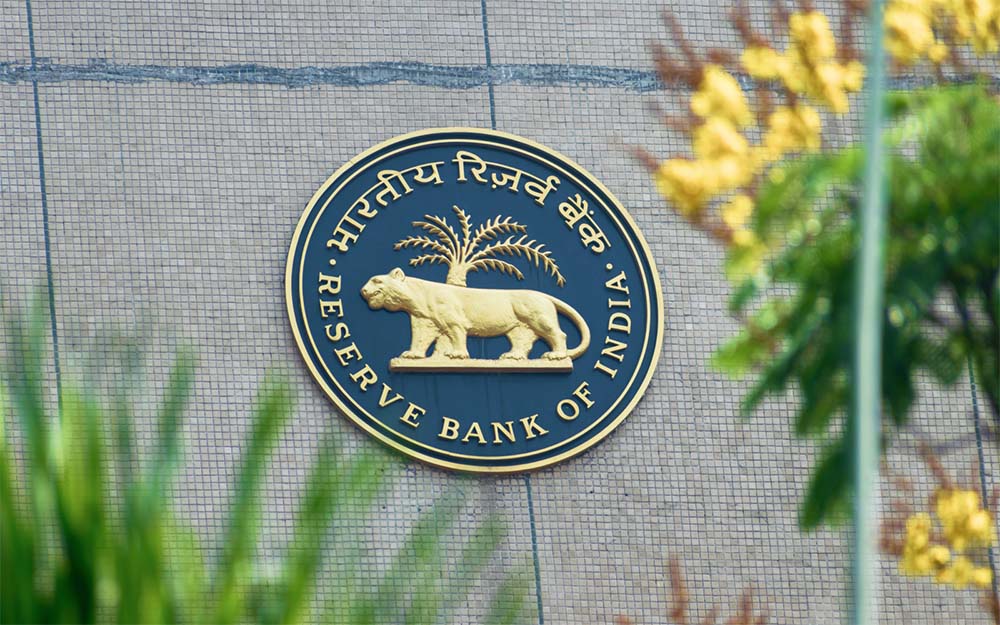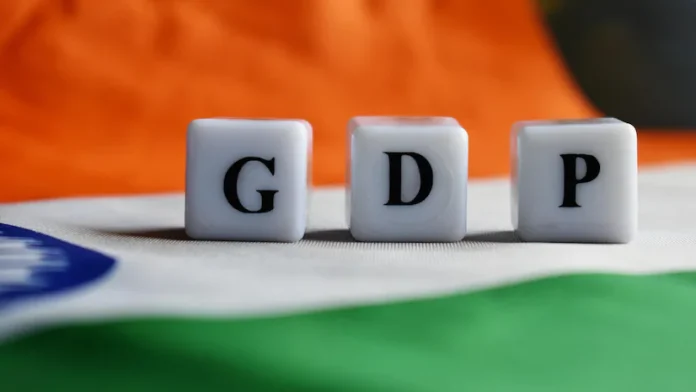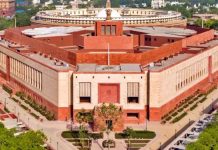- For all the efforts the Union Government takes to narrate to the Indian citizens that the economy is on the upswing and everything appears hunky dory may create an impression of a feel-good factor all around. It does for sure. Yes, the Indian economy underwent many challenges over the last couple of years due to debilitating pandemic aftereffects, which is indisputable. For that matter, every country was subjected to hardships but could wriggle out of the situation through some prudent and pragmatic fiscal measures to stay afloat. To its credit, the Indian economic think tank initiated a slew of measures to ensure the economy picks up the pace and provides much-needed succour to countrymen to sail through turbulent times.

PC: Vajiram & Ravi
- Not for nothing Indian economy grew at a desired pace leaving many advanced economies behind by clocking impressive GDP figures. However, the latest GDP forecast for the financial year 2025 shows the economy is losing some momentum. No point in blaming RBI for this though. As you would concur, the much talked about slowdown in the world’s fastest-growing major economy was already evident – but with GOI forecasting 6.4% GDP growth for FY25, we now have firm evidence. Post-Covid, this is the slowest India’s economy will grow if the forecast holds true. Officially, much will be made of a jump in growth in private consumption, a major laggard in the recent past. Undoubtedly, this is good news and will be cheered by the economy experts.

PC: YouTube
- However, the more important takeaway is that the long-awaited spurt in private consumption has been swamped by other underwhelming performers, principally investment. Per GOI data, FY25 growth in gross fixed capital formation will be 6.4%, down from 9% in FY24. The inescapable conclusion is that investment is not acting as a force multiplier for the economy, despite globally competitive corporate tax rates for new investment and despite much emphasis on PLI schemes. Is RBI to be blamed for this? A recent official assessment of the economy made in Delhi has found RBI’s interest rate policy inflexible in the face of accumulated evidence of a slowdown. This is nothing new, either in India or globally.

PC: Paytm
- Indeed, the central banks routinely get blamed by govts when growth slows down after a period of high inflation-high interest rates. Yet, the fact is that timing interest rate hikes and cuts perfectly is an impossible job, even in advanced economies. In India, with its mixture of formal and informal economies, it’s even more difficult. There’s something to be said about the argument that if recent inflation in India was largely driven by food prices, higher interest rates were a poor choice for battling it. Contrarily, the govt should have known rate hikes were inevitable when inflation rose sharply, and it should have come up with a plan to goose the economy sensibly. Bear in mind that growth rates around 6.5% are simply not enough for India’s needs or GOI’s ambitions.






